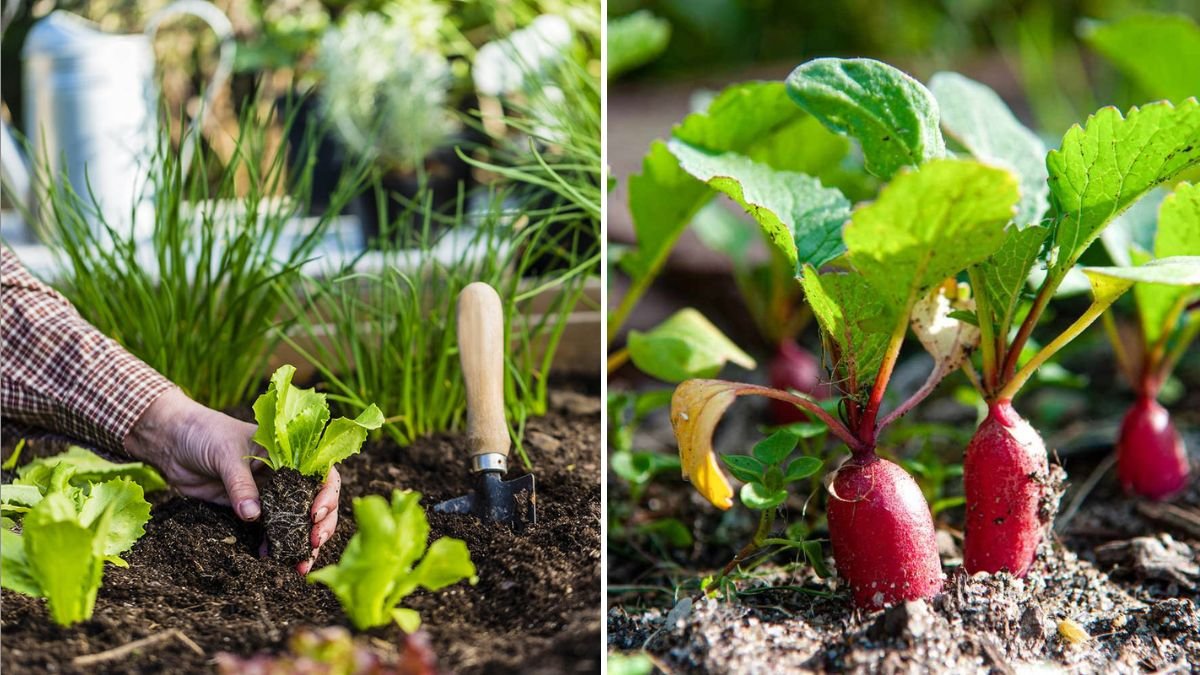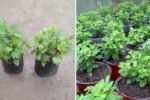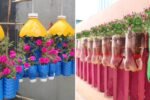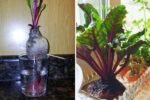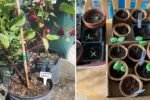Across America, more families are discovering a simple truth: you don’t need a garden to grow your own food. Whether you live in a city apartment, a suburban townhouse, or a home with a tiny backyard, you can still produce fresh, organic vegetables right at home — no soil beds required.
With food prices rising and the desire for healthier, pesticide-free produce growing, indoor and container gardening has become a national trend. From windowsills filled with herbs to balconies blooming with tomatoes and lettuce, Americans are learning that feeding your family from your own homegrown vegetables is easier — and more affordable — than ever.
In this guide, you’ll learn how to grow vegetables without a traditional garden, the best plants to start with, and clever ways to turn any space — no matter how small — into a mini food paradise.
1. Why Growing Vegetables at Home Is Easier Than You Think
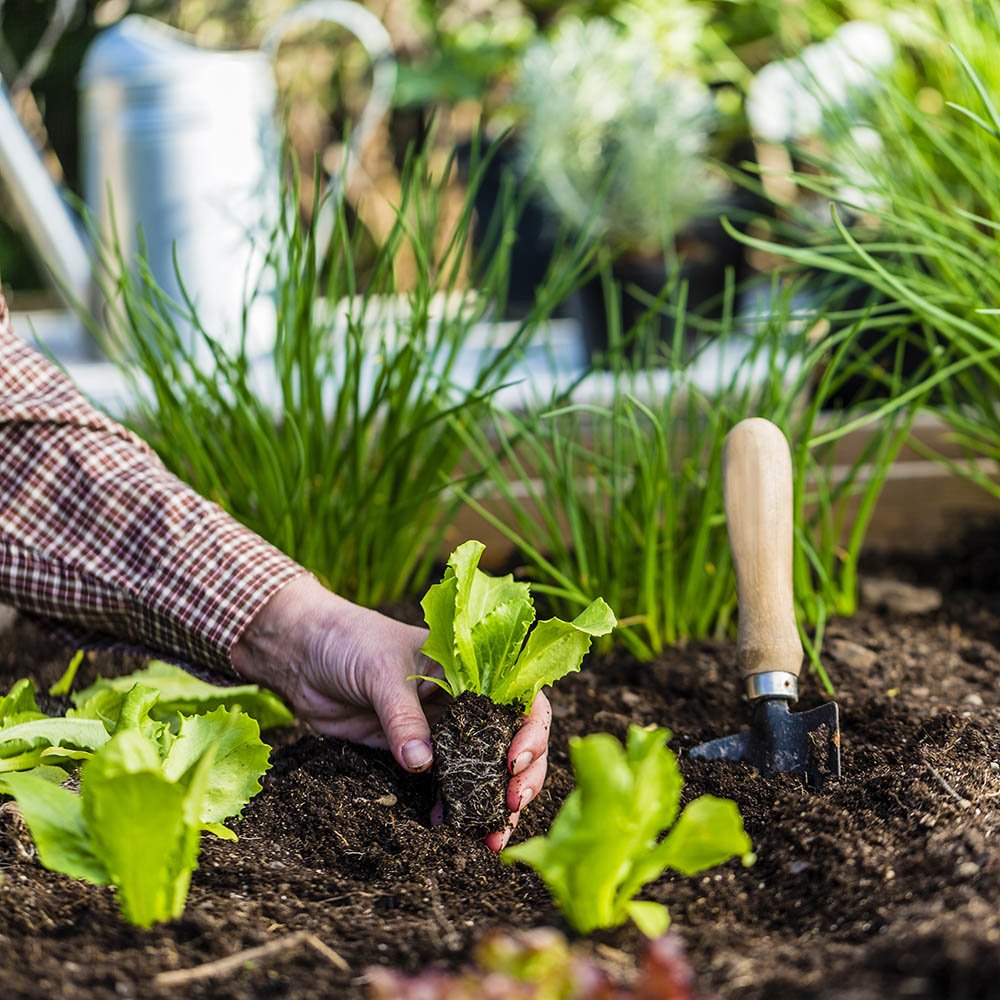
You might think you need acres of land and fancy tools to grow vegetables. But that’s no longer true. With modern techniques like container gardening, hydroponics, and vertical planting, you can grow almost any vegetable in limited space.
Benefits of No-Garden Vegetable Growing:
- Saves money: Cut your grocery bill by up to 30%.
- Healthier food: Control what goes into your soil — no chemicals or pesticides.
- Sustainable living: Reduce food waste and carbon footprint.
- Therapeutic hobby: Gardening reduces stress and boosts mood.
- Family bonding: Teach kids where food comes from and involve them in the process.
From lettuce in a window box to peppers growing under LED lights, the possibilities are endless — and incredibly rewarding.
2. The Best Vegetables to Grow Without a Garden
Not all vegetables thrive indoors or in containers, but many adapt surprisingly well. Here are the top-performing veggies that every beginner can grow easily — even in small apartments.
Leafy Greens (Fast & Easy)
- Lettuce, spinach, kale, and arugula grow well in shallow containers.
- They require cool temperatures and partial sunlight.
- You can start harvesting leaves in just 3–4 weeks.
Tip: Use rectangular planters on windowsills for maximum light exposure.
Tomatoes
- One of America’s favorite home crops.
- Choose cherry or patio tomato varieties that do well in pots.
- Provide 6–8 hours of sunlight or a grow light.
- Support with small stakes or cages as they grow.
Carrots & Radishes
- Perfect for deep containers or recycled buckets.
- Use loose, sandy soil to let roots grow straight.
- Radishes mature in 25–30 days, carrots in 60–70 days.
Green Onions & Garlic
- Grow easily from kitchen scraps or bulbs.
- Need minimal space and thrive in jars or small pots.
- Perfect for windowsills with indirect sunlight.
Peppers & Chilies
- Compact and highly productive.
- Thrive in warm indoor conditions and pots at least 10–12 inches deep.
Cucumbers & Beans
- Climbing plants that love vertical growth.
- Train them on trellises or hanging supports for space-saving abundance.
3. Getting Started: Setting Up Your No-Garden Growing Space
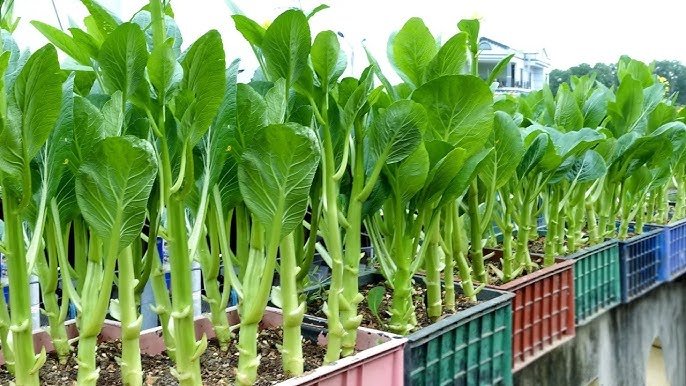
The secret to successful no-garden vegetable growing is creating a healthy micro-environment that mimics outdoor conditions.
Step 1: Choose the Right Containers
You can grow vegetables in almost anything — pots, buckets, grow bags, or recycled containers — as long as they have drainage holes.
| Vegetable | Minimum Pot Depth | Best Container Type |
|---|---|---|
| Lettuce/Spinach | 6 inches | Rectangular window box |
| Tomatoes | 12 inches | 5-gallon bucket |
| Carrots | 10 inches | Deep pot or bucket |
| Peppers | 10–12 inches | Clay or plastic pot |
| Green Onions | 4 inches | Shallow bowl or jar |
Pro Tip: Dark-colored pots retain warmth better — great for tomatoes and peppers.
Step 2: Maximize Sunlight or Use Grow Lights
Most vegetables need 6–8 hours of sunlight per day.
If you don’t have a sunny window, invest in LED grow lights — they’re energy-efficient and simulate natural sunlight.
Ideal Placement Ideas:
- South-facing windowsills
- Balconies or patios
- Indoor shelves with adjustable lights
Step 3: Use High-Quality Soil
Skip ordinary dirt. Go for a light, nutrient-rich potting mix designed for vegetables.
Blend your own using:
- 50% compost
- 30% coco peat or peat moss
- 20% perlite or coarse sand
This mix provides excellent drainage while retaining moisture.
Step 4: Water Smartly
Overwatering is the biggest mistake in container gardening.
Follow these simple rules:
- Water when the top inch of soil feels dry.
- Avoid waterlogging — ensure pots have drainage holes.
- Mist leafy greens with a spray bottle in hot weather.
Pro Tip: Use rainwater if possible — it’s softer and chemical-free.
4. Creative Growing Methods for Any Home
No backyard? No problem! These space-saving techniques will turn any apartment, balcony, or kitchen into a mini farm.
1. Windowsill Gardens
Perfect for herbs, lettuce, and onions.
Use narrow planters and rotate them every few days for even sunlight.
2. Balcony Gardens
Stack pots vertically or hang them on railings.
Grow trailing plants like beans, strawberries, or cherry tomatoes.
3. Vertical Wall Gardens
Attach wall planters or vertical racks indoors.
Ideal for compact veggies like kale, basil, or chard.
4. Hydroponic Systems
Hydroponics — growing without soil — is booming across the U.S.
Systems like Kratky jars or hydro towers let you grow lettuce and herbs using just water and nutrients.
Bonus: You can grow 2–3 times faster than traditional soil gardening.
5. Feeding Your Family: How Much Can You Grow Indoors?
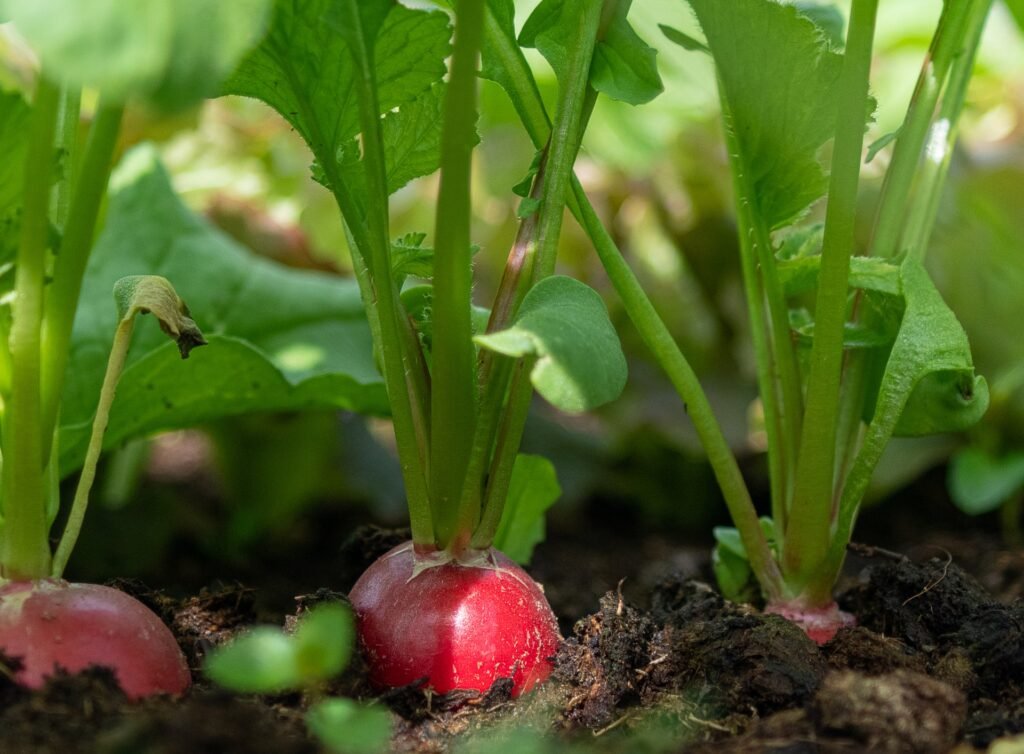
You might be surprised at how much food a few pots can produce.
For a family of four, here’s an example setup:
| Vegetable | Number of Pots | Harvest Cycle | Approx. Yield |
|---|---|---|---|
| Lettuce | 3–4 | 3 weeks | 2–3 heads/month |
| Tomatoes | 2 | 2–3 months | 8–12 lbs per cycle |
| Green Onions | 2 | Continuous | Endless regrowth |
| Peppers | 2 | 3–4 months | 10–20 fruits per plant |
| Herbs | 3 | Continuous | Daily harvest for seasoning |
With rotation and regrowth, you can supply a steady stream of fresh veggies year-round.
Pro Tip: Start new seeds every few weeks to maintain continuous harvests.
6. Fertilizing Naturally for Healthy Growth
Your no-garden crops need regular feeding since container soil loses nutrients faster.
Natural Fertilizer Ideas:
- Compost Tea: Steep compost in water for 2–3 days; use as a liquid feed.
- Banana Peel Fertilizer: Adds potassium for flowering plants.
- Epsom Salt Mix: 1 tablespoon per gallon of water boosts magnesium and chlorophyll.
- Eggshell Powder: Crushed and added to soil for calcium.
Feed your plants every 2–4 weeks depending on growth speed.
7. Pest Control Without Chemicals
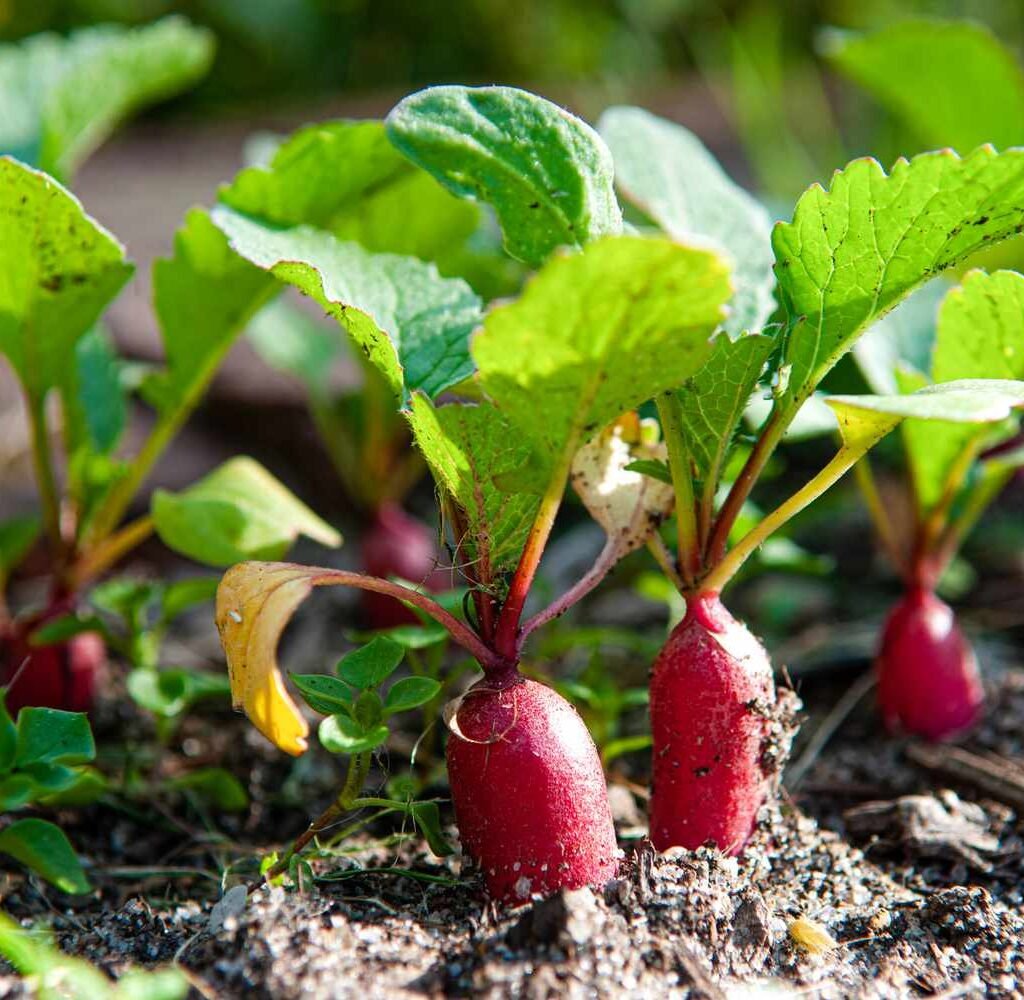
Even indoor plants can attract pests, but chemical sprays aren’t your only option.
Natural Remedies:
- Neem Oil Spray: 1 teaspoon per liter of water; repels aphids and whiteflies.
- Soap Water: Gently remove small pests.
- Basil & Mint: Natural pest deterrents when planted nearby.
Keep the area clean and well-ventilated — pests love humidity and clutter.
8. Harvesting and Replanting for Endless Supply
The beauty of home vegetable growing is continuous production.
- Lettuce and spinach: Harvest outer leaves first; new ones will regrow.
- Green onions: Cut the tops and replant the bulbs in water or soil.
- Tomatoes and peppers: Pick regularly to encourage new blooms.
By staggering your planting and harvesting cycles, you’ll enjoy fresh produce all year long without running out.
9. Family Fun: Involve Everyone in the Growing Process
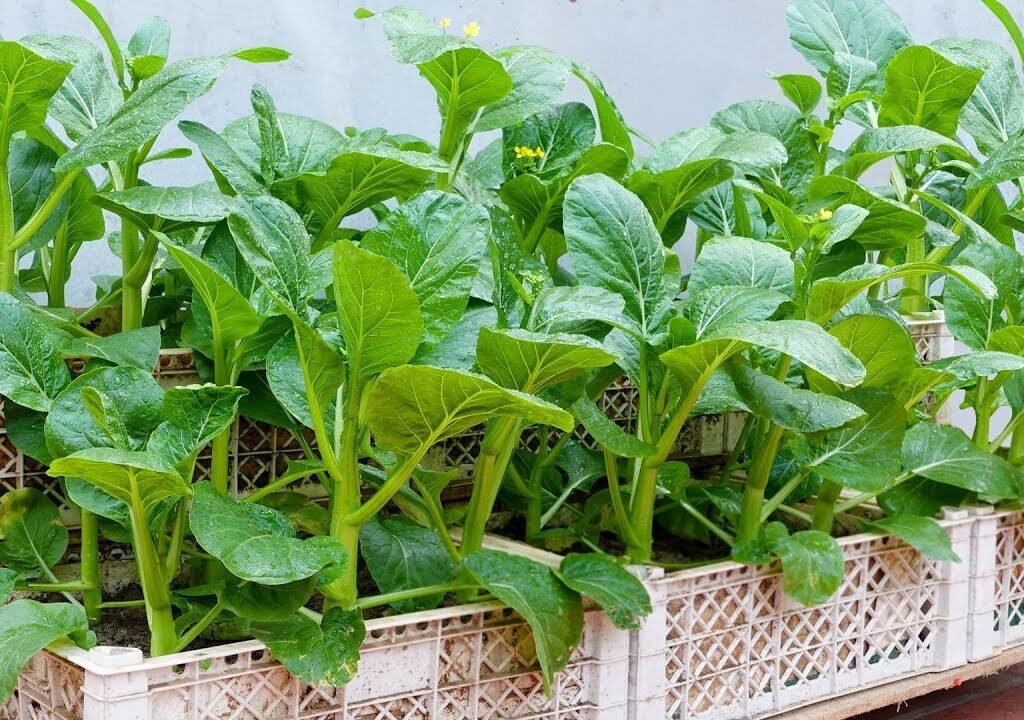
Growing vegetables at home is more than just about food — it’s a lifestyle.
Family-Friendly Ideas:
- Kids can paint and decorate pots.
- Make a “grow chart” to track plant progress.
- Use recycled containers for eco-friendly learning.
Not only will you teach children responsibility and patience, but you’ll also help them develop a connection with nature and healthy eating habits.
10. Final Thoughts: Feed Your Family, Wherever You Live
You don’t need acres of farmland or even a backyard to grow your own food. Whether you’re in a small apartment or a suburban home, growing vegetables for your family is easy, rewarding, and empowering.
All it takes is sunlight, water, and a little creativity. Start with one pot — maybe some lettuce or herbs — and watch your confidence (and harvest) grow.
Soon, your kitchen counters and windowsills will transform into a thriving mini-farm, giving you fresh, organic produce every day — no grocery trip needed.
So go ahead — roll up your sleeves, grab a pot, and start planting today. Your family (and your wallet) will thank you.
